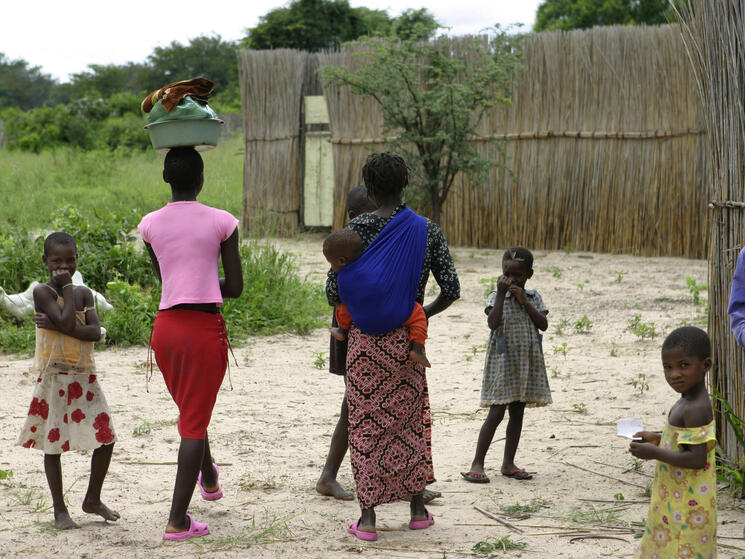
Communal Conservancies Help Fight Against HIV
- Date: 26 September 2013
- Author: Robin Naidoo
Robin Naidoo, a Senior Conservation Scientist for WWF, is guest blogging for Science Driven. Below he discusses a recent study he co-authored citing the link between Namibia's communal conservancies and a reduction in behaviors that spread HIV.
Namibia’s Community-Based Natural Resource Management (CBNRM) program has long demonstrated success in balancing the needs of people and wildlife. WWF has partnered with local communities to help them manage their natural resources, ensuring a future that includes healthy wildlife populations and vibrant rural economies. As a result, we know there is a direct relationship between the health of wildlife populations and the prosperity of local communities—poaching declines, populations of species are restored and economic opportunities such as eco-tourism arise.
But there is now evidence that CBNRM has had additional positive effects on local communities: HIV/AIDS outreach and policies associated with Namibia's communal conservancies appear to have significantly reduced behaviors that spur the disease's spread in Africa, according to a new study
Two-thirds of all people living with HIV (22.5 million) reside in sub-Saharan Africa. Although the epidemic appears to have stabilized, the rate of new infections remains high and HIV continues to devastate families and communities.
To fight its spread, a community-based HIV/AIDS outreach and education program in 31 conservancies raised awareness of the disease from 2003-2007. They used radio broadcasts, written material, and traditional song and dance; trained peer educators; drafted HIV policies and plans; and disseminated condoms. The program clearly explained the links between HIV prevention and the maintenance of conservancy-based livelihoods. It also utilized existing the governance and management structures in conservancies to engage in culturally appropriate prevention activities and behavior-change messaging.
To evaluate the impact of the program, we used Demographic and Health Surveys data from 2000 and 2006/2007 to evaluate whether changes in numbers of sexual partners were related to exposure of rural Namibians to the community-based HIV/AIDS program.
Results showed that there was a significant drop in the number of conservancy men having two or more sexual partners, relative to non-conservancy men. As multiple sexual partners is the dominant driver of HIV in sub-Saharan Africa, this has dramatic implications for reducing infections in communal areas of Namibia.
Given the high prevalence of HIV in sub-Saharan Africa and its devastating effects on the social and economic fabric of communities, there is hope that lessons from Namibia's program and its associated HIV/AIDS mainstreaming effort may help slow the disease in other communal areas of Africa as well.